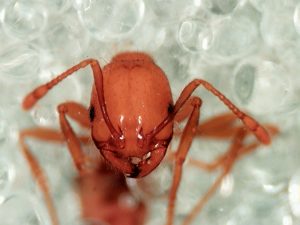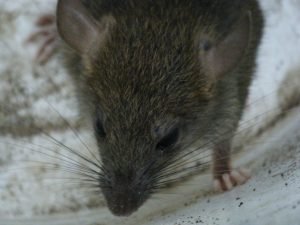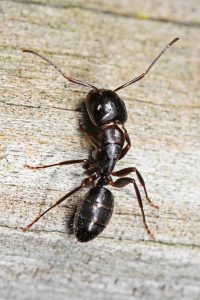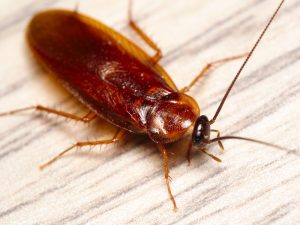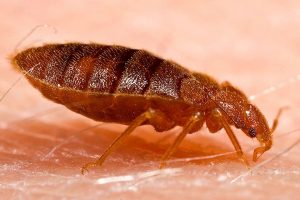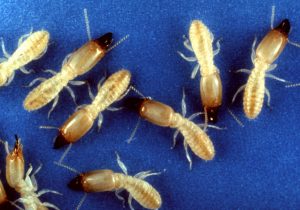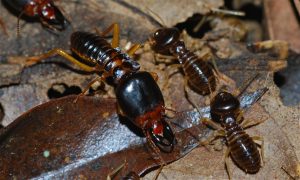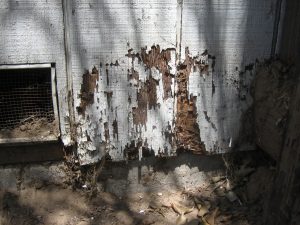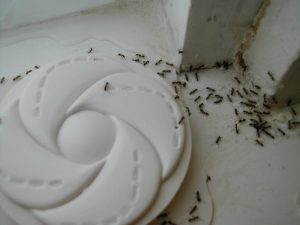 No matter whether you have carpenter ants or common household ants, ants are persistent insects. They will send scouts into your kitchen in search of food and water. If they find what they are looking for, then you may start to see a steady stream of ants coming into your kitchen. There are steps that you can take to stop ants from becoming a problem before they start to come in.
No matter whether you have carpenter ants or common household ants, ants are persistent insects. They will send scouts into your kitchen in search of food and water. If they find what they are looking for, then you may start to see a steady stream of ants coming into your kitchen. There are steps that you can take to stop ants from becoming a problem before they start to come in.1. Treat the Exterior of Your Home
Treating the exterior of your home with an inspect spray can stop the ants from coming in through cracks around your door or through your foundation and up into your home. Usually the treatment will need to be applied a few times a year. Since it is outside, you do not need to worry about it affecting your family.
2. Seal up Cracks
Check your window frames for any cracks. Consider adding caulking around the edges of your windows and seal any cracks that you see. There is stripping that you can add to the bottom of the door if it is not fitting tightly which can also deter ants from getting in.
3. Fix Any Leaks
Ants will come in looking for water, and if you have any leaking pipes, this will soon become a steady source for them. Check your pipes periodically to make sure they are not leaking under the sink or in other areas where you may not notice them. Be sure that the area is thoroughly dried after you make the repair.
4. Do Your Dishes
Ants will eat food that is left on the counter on dirty dishes or even what is left on the sink. As soon as you are done eating, take the time to do the dishes and wipe down the counters and tables. Sweeping right after will clean up any crumbs and deter ants from coming in looking for food. Be sure that dirty dishes are not left in other rooms of the home and try to keep all of the food in the kitchen.
5. Take Out the Trash
The final step is to take out your trash each night, especially trash in your kitchen or that has food in it. This will stop the ants from finding it or looking to it as a steady source of food. It takes just a few minutes to empty the trash and it is much easier than trying to kill an established colony.
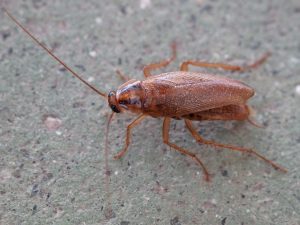
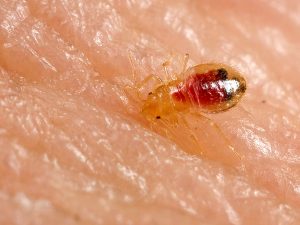
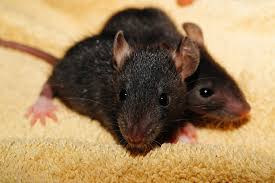 At one time or another, mice may be a problem that most homeowners may have to deal with. There are steps that you can take to prevent rodents from getting into your home. If you have recently noticed rodents in your home, you may want to take these steps. However, it is a good idea to complete these steps every year to stop any problems before they start.
At one time or another, mice may be a problem that most homeowners may have to deal with. There are steps that you can take to prevent rodents from getting into your home. If you have recently noticed rodents in your home, you may want to take these steps. However, it is a good idea to complete these steps every year to stop any problems before they start.

